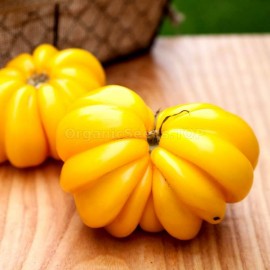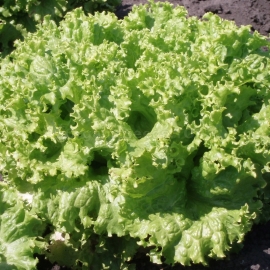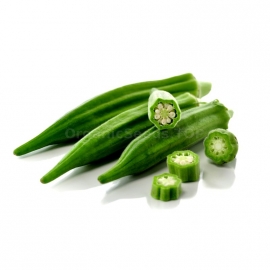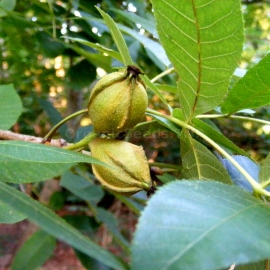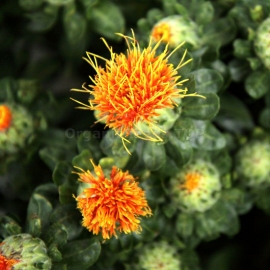



Safflower / Carthamus tinctorius Seeds
1.14 €
For an unusual yet lovely flower, grow Safflower seeds for this annual with orange flower heads. The plant has foliage that is thistle-like and reaches 30 - 36 inches in height. It blooms throughout the summer with orange, tubular flowers.
-
Safflower / Carthamus Tinctorius Orange
For an unusual yet lovely flower, grow Safflower seeds for this annual with orange flower heads. The plant has foliage that is thistle-like and reaches 30 - 36 inches in height.
It blooms throughout the summer with orange, tubular flowers. The Carthamus flower is often used for dried arrangements as is considered to be an everlasting. Plant orange Safflowers on banks and slopes, beds and borders, containers, cottages gardens, and many other applications. The color of the blooms is outstanding, and the foliage is mildly prickly.
Traditionally Carthamus Safflower was grown from herb seeds for its flower used in coloring and flavoring food, making dyes for silk or wool, and in medicine. The Carthamus herb makes a good replacement for expensive saffron. In the last 30 - 40 years, however, due to an increasing demand for vegetable oil in the human diet, its production as an oilseed crop has received a great deal of attention as it provides a quality oil that is considered to be a healthier option over other types of vegetable oil.
How to Grow
When sowing Carthamus Tinctorius flower seeds outdoors, it should be planted at a depth of 1/4 inch in light soil in the early spring, before the last frost of the season. When growing Safflower seeds indoors, the seed should be sown in peat pots about 8 weeks before they are ready to be transplanted outdoors after danger of frost has passed. The seedlings should be planted out with a spacing of 6 - 10 inches in a sunny part of the garden. Protection from rabbits may be needed.
Products Viewed Before
Product code: 9999
1.14 €
Indeterminate, regular leaf plant produces heavy crops of Lemon yellow 10-17 oz, 2 to 3-inch tomatoes that are deeply pleated like an accordion, with a hollow seed cavity perfect for stuffing, good, mild, fruit flavors, produces well in hot weather.
Product code: 6746
1.34 €
Leafy variety of lettuce, intended for fresh consumption, early ripening, from mass shoots to technical ripeness 20-25 days.
Product code: 6754
1.14 €
Okra, also known as gumbo, is a warm-weather vegetable that thrives in the long, hot summers of the southern United States. Although okra loves hot weather, it can successfully be grown in cooler Northern climates as well.
Product code: 12433
3.00 €
It is a large deciduous tree , growing up to 35 meters tall (exceptionally to 47 m), with a trunk up to 1 m diameter. The leaves are 15-30 cm long, pinnate, with 7-11 leaflets, each leaflet lanceolate, 7-13 cm long.

